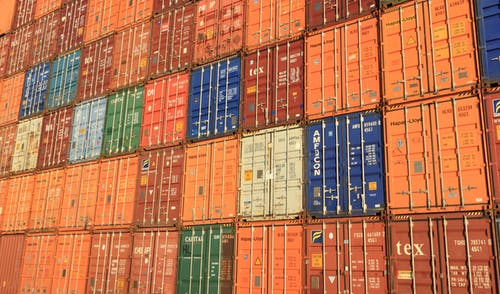|
What has been taking place with the protests?
In February 2019, TradeMoves highlighted Chile's strengths as an export market. We cited a high GDP per capita, preference for US products, and free trade policies as examples of why you should look to export to Chile. Since 2015, 100% of US exports to Chile are duty free as a result of the US-Chile FTA.[1] Chile has largely been considered the economic poster child for Latin America. In the 1980s, Chile opened its borders and deregulated during General Augusto Pinochet's reign. More recently, Chile has further embraced the idea of economic liberalization which has led to an increase in both foreign direct investment within the country and international trade.[2] Since Fall of 2019, Chileans have become increasingly dissatisfied with rising costs and low wages, among other issues. Month-long protests coupled with a week of imposed martial law culminated in a million-person protest in the capital of Santiago in October 2019. The country once thought to be most stable in Latin America is now entering a transition phase of reform.  If your business is looking to expand into Latin America, consider looking at Chile. After breaking the power of a brutal dictatorship in the 1990s, Chile has established itself as one of the most stable democracies in Latin America and one of the fastest growing economies in the region.[1] In the last thirty years, Chile’s GDP per capita has increased more than sevenfold, making it the second wealthiest country in Latin America in terms of GDP per capita behind only Uruguay.[2] Although annual economic growth slowed between 2014 and 2017, the International Monetary Fund (IMF) estimates that Chile’s economy finished 2018 with real GDP growth of 4% and will continue to grow at 3% through 2023.[3] Chile is not a large country, but its population has grown steadily and stands at around 18 million according to data from the World Bank.[4] So what else about this relatively small and geographically isolated country makes it an attractive market for US exporters? 1] Central Intelligence Agency, “The World Factbook: Chile,” https://www.cia.gov/library/publications/the-world-factbook/geos/ci.html. [2] The World Bank, “GDP per capita (current US$),” https://data.worldbank.org/indicator/NY.GDP.PCAP.CD?locations=ZJ-CL. 3] International Monetary Fund, “World Economic Outlook, October 2018: Challenges to Steady Growth,” 8 October 2018, https://www.imf.org/en/Publications/WEO/Issues/2018/09/24/world-economic-outlook-october-2018. [4] The World Bank, “Population, total,” https://data.worldbank.org/indicator/SP.POP.TOTL?locations=CL Potential US Trade Agreements with Japan, the EU, and the UK: What US Exporters Should Expect12/20/2018
In the past two months, USTR has requested comments from US stakeholders on the negotiating objectives for US trade agreements with Japan, the EU, and the UK. At TradeMoves, we have been busy analyzing these potential agreements and opportunities for US exporters as well as the policy implications should these agreements come to fruition. For all of the trade disruption that we have seen in 2018, it is refreshing to hear some good news on US trade policy and market access for US manufacturers. We applaud the Administration for pursuing bilateral negotiations with these three very important markets.
|
|






